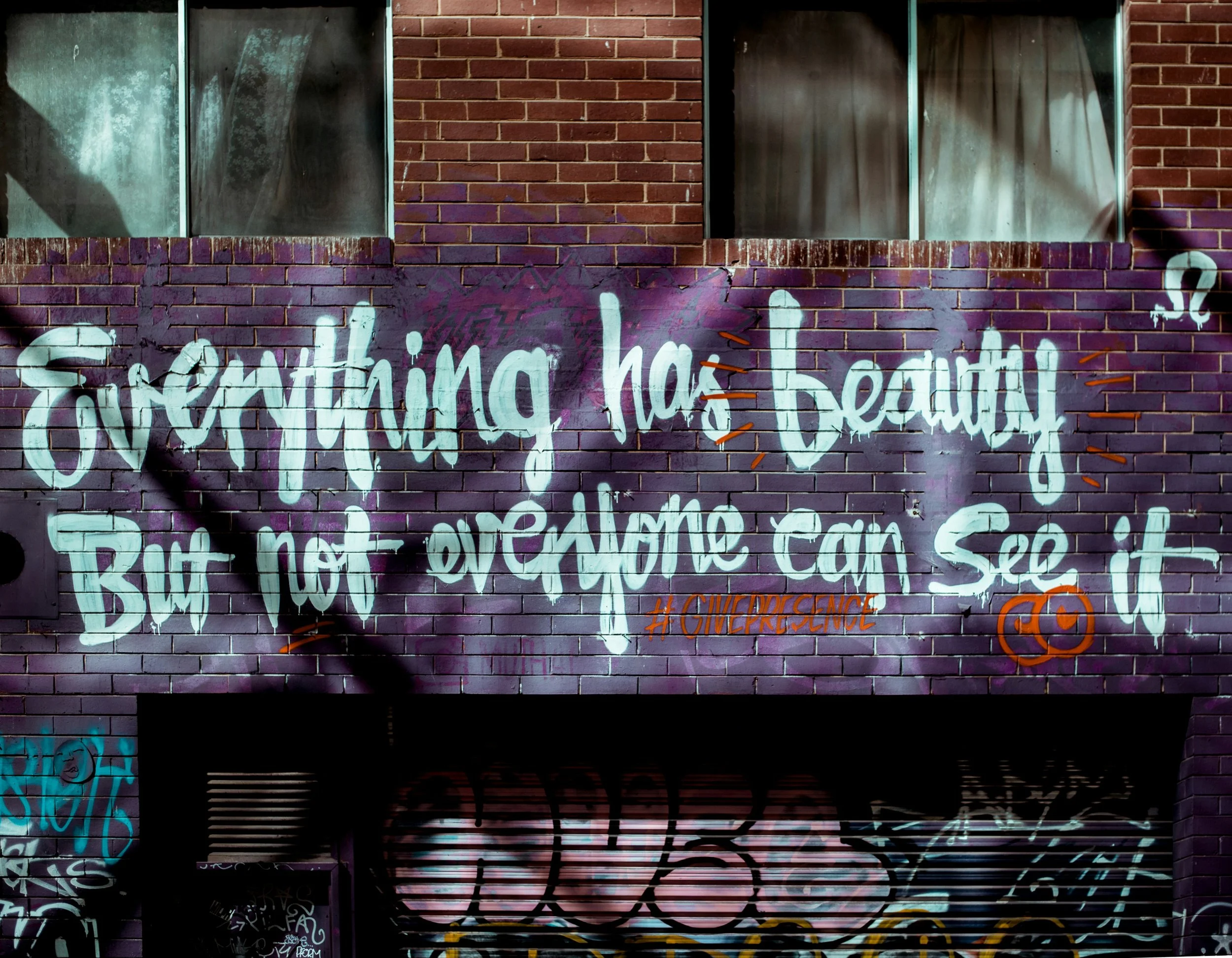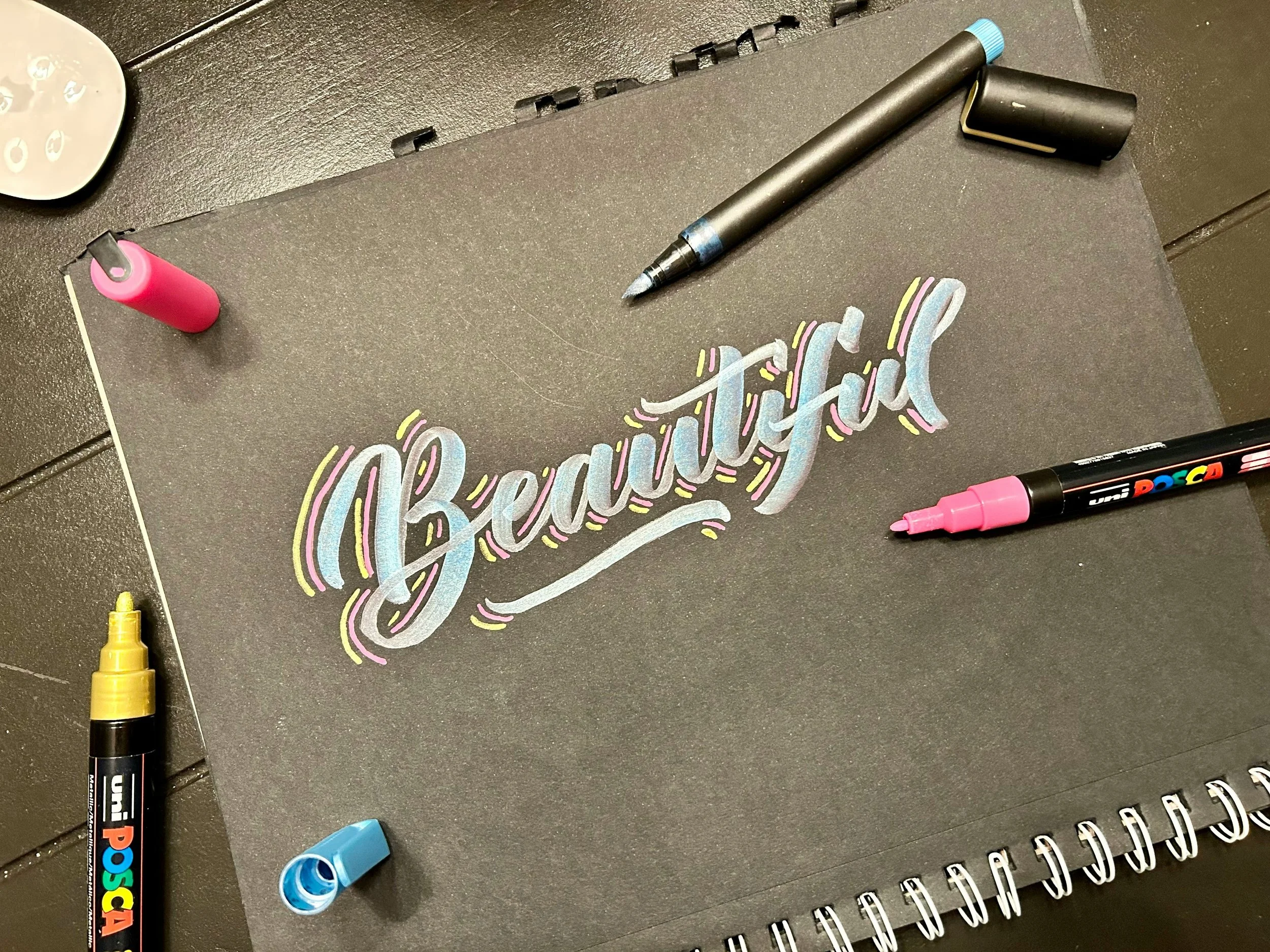Everyday Beauty: How to Find Inspiration in the Mundane Moments Around You!
In the hustle and bustle of our everyday lives, we often miss the beauty that surrounds us. But what if I told you that the mundane moments hold the key to endless artistic inspiration? From the gentle rustle of leaves in the park to the way sunlight dances on the kitchen floor, everyday beauty is all around us, just waiting to be noticed. Have you ever thought about how a simple walk to the grocery store can become a visual storytelling adventure? Let's explore how we can find inspiration in the ordinary, just like Van Gogh did with his starry nights and sunflowers, and turn these moments into a creative spark!
Embracing Everyday Beauty
Everyday beauty surrounds us, waiting to be noticed and appreciated. This section explores how we can find wonder in the ordinary and capture those mundane moments that often go unnoticed.
Finding Wonder in the Ordinary
The world is full of small wonders that we often overlook. It's in the way morning light filters through curtains or how raindrops cling to a spider's web. These ordinary sights can become extraordinary when we take the time to really see them.
To find wonder in the ordinary, we need to slow down and observe. Look at familiar objects from new angles. Notice the textures, colors, and shapes of everyday items. A simple coffee mug can become a study in form and function.
By cultivating this sense of wonder, we open ourselves up to endless inspiration. It's about changing our perspective and seeing the beauty in the mundane. This shift can transform how we view our daily lives and fuel our creativity.
Capturing Mundane Moments
Capturing mundane moments is about preserving the beauty of everyday life. It's finding art in the ordinary and sharing it with others. This practice can help us appreciate the small joys that make up our days.
One way to capture these moments is through photography. Use your phone or camera to document interesting light, textures, or compositions you encounter. Another method is sketching. Carry a small notebook and pencil to quickly capture scenes or objects that catch your eye.
Writing can also be a powerful tool for capturing mundane moments. Jot down descriptions of what you see, hear, or feel. These notes can later inspire more detailed artistic works or simply serve as reminders of the beauty that surrounds us every day.
Techniques for Creative Observation
Developing our ability to observe creatively is key to finding inspiration in everyday life. This section covers mindful observation practices and how to develop creative habits.
Mindful Observation Practices
Mindful observation is about being fully present and aware of our surroundings. It's a skill that can be developed with practice and patience. By honing this skill, we can uncover beauty and inspiration in unexpected places.
One technique is the "five senses exercise." Take a moment to notice:
Five things you can see
Four things you can touch
Three things you can hear
Two things you can smell
One thing you can taste
Another practice is to focus on a single object for an extended period. Notice its shape, color, texture, and how it interacts with its environment. This deep observation can reveal new perspectives and spark creative ideas.
Regular meditation can also enhance our ability to observe mindfully. Even a few minutes of quiet reflection each day can sharpen our senses and increase our awareness of the world around us.
Developing Creative Habits
Developing creative habits is about making space for inspiration in our daily lives. It's about cultivating practices that encourage us to see the world through an artistic lens.
One effective habit is keeping a creativity journal. Use it to sketch, write, or collect found objects that inspire you. Make it a daily practice to add something new to your journal, no matter how small.
Another habit is to take regular "inspiration walks." Set aside time each week to explore your neighborhood or a new area with the sole purpose of finding beauty and inspiration. Document what you find through photos, sketches, or notes.
Lastly, make time for regular creative play. Experiment with new art forms or materials without pressure to create a finished product. This playful approach can help keep your creative muscles flexible and receptive to everyday inspiration.
Art and Everyday Life
Art and everyday life are deeply intertwined. This section explores how we can use visual storytelling to capture everyday scenes and draws inspiration from Vincent van Gogh's approach to finding beauty in the ordinary.
Visual Storytelling with Everyday Scenes
Visual storytelling with everyday scenes is about creating narratives through art that reflects our daily experiences. It's a powerful way to connect with others and share our unique perspectives on the world.
When approaching visual storytelling, consider the elements that make a scene interesting:
Lighting: How does light interact with the subject?
Composition: How are elements arranged within the frame?
Color: What palette best captures the mood of the scene?
Emotion: What feelings does the scene evoke?
One effective technique is to focus on a series of related everyday scenes. For example, you might document your morning routine through a series of sketches or photographs. This approach can reveal the beauty and significance of our daily rituals.
Remember, the goal is not to create perfect representations, but to capture the essence and emotion of everyday moments. Your unique perspective is what makes these stories compelling.
Vincent van Gogh's Inspiration
Vincent van Gogh's work is a testament to the power of finding inspiration in everyday life. His ability to see beauty in ordinary objects and scenes transformed how we view art and the world around us.
Van Gogh found inspiration in simple subjects:
Sunflowers in a vase
His bedroom in Arles
The starry night sky
Peasants working in fields
His approach to art was rooted in close observation and emotional connection to his subjects. He wrote extensively about his process, emphasizing the importance of really seeing the world around him.
"If you truly love nature, you will find beauty everywhere." - Vincent van Gogh
We can learn from Van Gogh's example by cultivating a deep appreciation for our surroundings and allowing our emotional responses to guide our creative expression. By doing so, we can transform the ordinary into extraordinary works of art.




